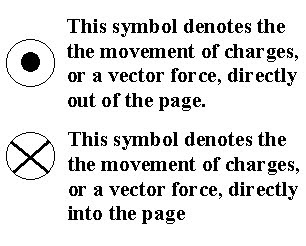On Friday, we had our first official physics class with Mr. Chung. The reason that I looked forward to this class was because the teacher is humorous and we could play around with different and interesting "toys" instead of doing textbook work.
We got to play around with very "expensive" pingpong balls that he called the Energy Balls. The energy ball was made of a circuit board with a light bulb that could flash and a buzzer that could make noises. The circuit board was connected to two metal pieces by different wires, and in order for the light bulb and the buzzer to work, both metals had to be touched by conductors like our fingers. When the metals were touched by two different people each with one finger and without them touching each other, the energy ball did not work. This was because it was not a complete series circuit.
When the whole class was given the task to make one ball light up and the other one off while touching one another, the class formed another type of circuit called the parallel circuit. This time there were two resistors, and the electricity had several paths that it could travel. Instead of forming a circle like the series circuit, there was a "line" that cut the circle in half. There were two switches, one on each end. If one end "disconnected", that relevant energy ball would not light up while the one on the other side would still work.
The major difference between a series circuit and a parallel circuit is the way the components (in this case the energy balls and our hands) are connected. In a series circuit, there is only one path for the flow of electricity. For example, Christmas tree lights, if one part of the path is damaged, the rest of the light would not function. In a parallel circuit, there are more than one path of current flow, and if one part of the circuit is obstructed, the current can find other paths.
Series Circuit:
Parallel Circuit:
The energy ball does not work on certain individuals is probably due to the calluses on the palms of their hands. The calluses most likely resists the flow of electricity, therefore when in touch with the metal pieces, the calluses act like insulators which prevents the energy ball from lighting up.












